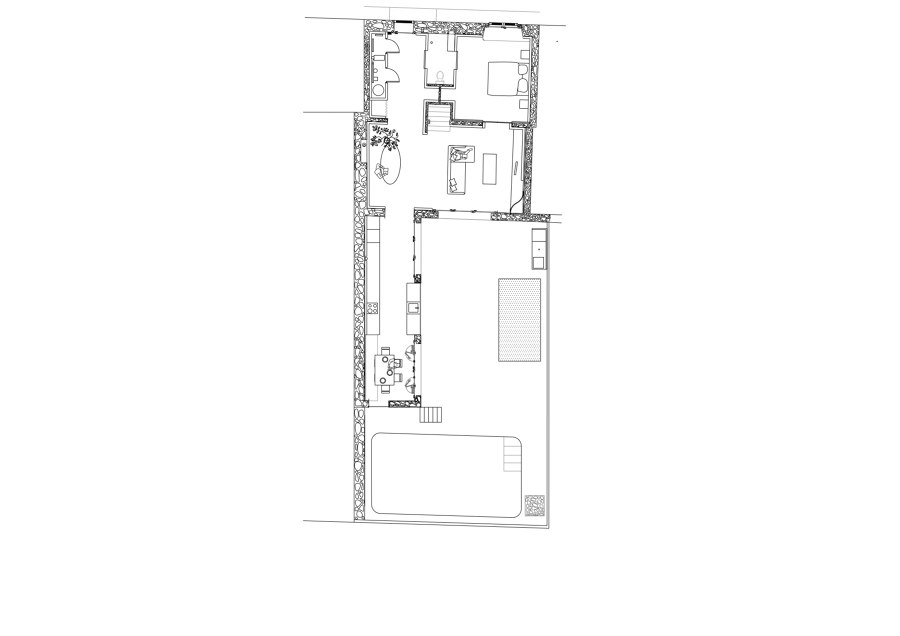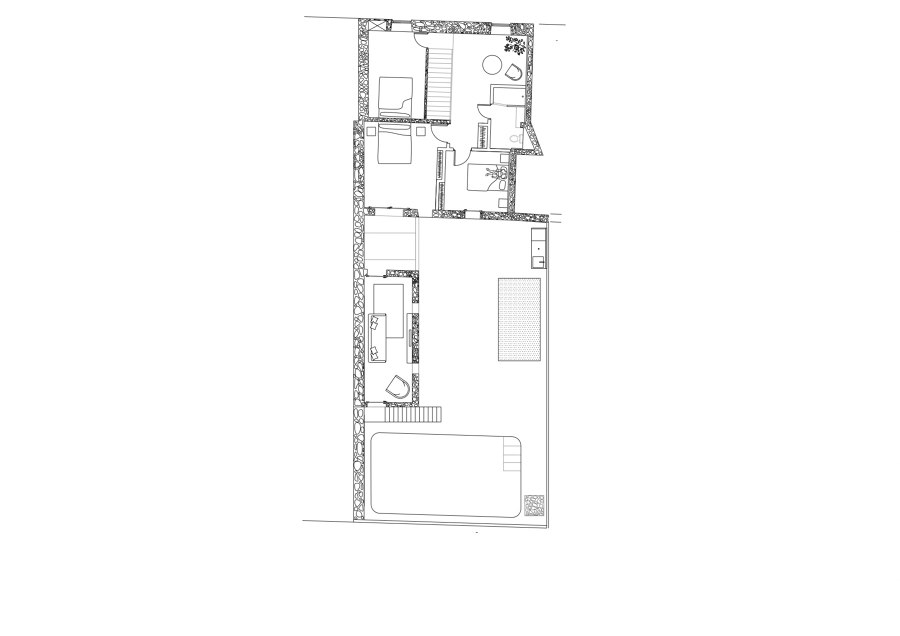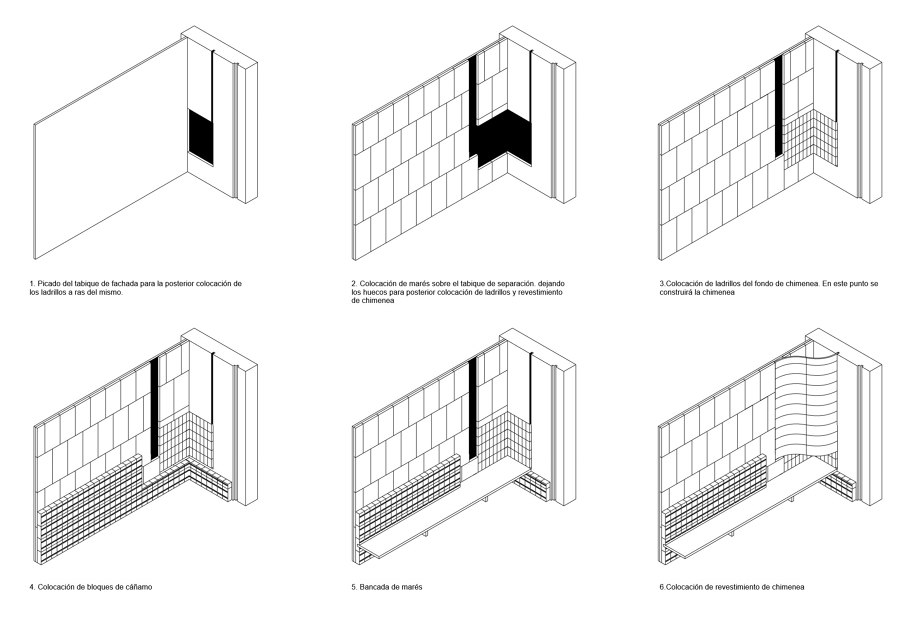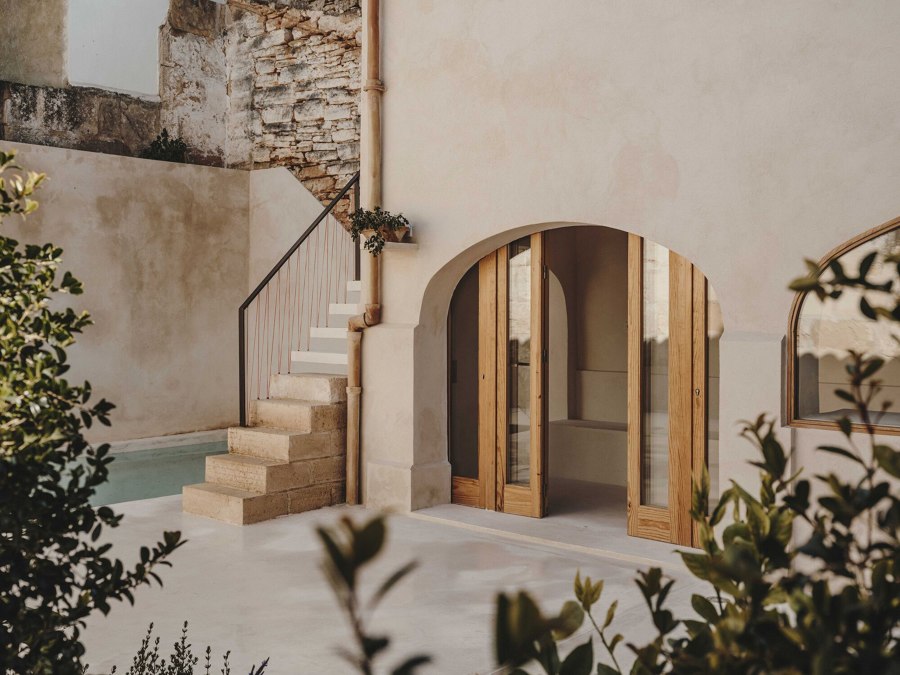
Photographer: Salva López
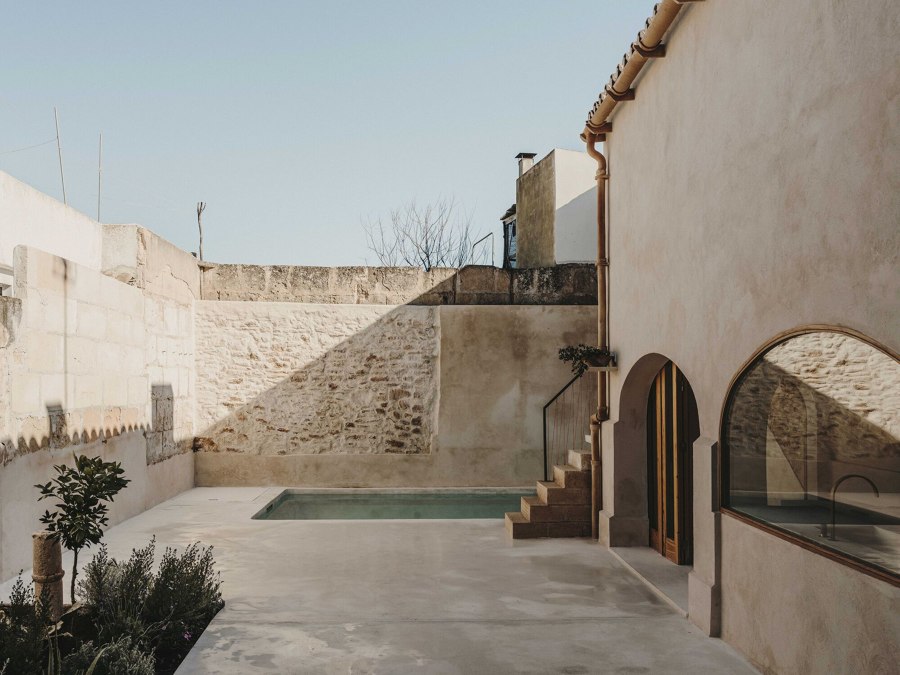
Photographer: Salva López
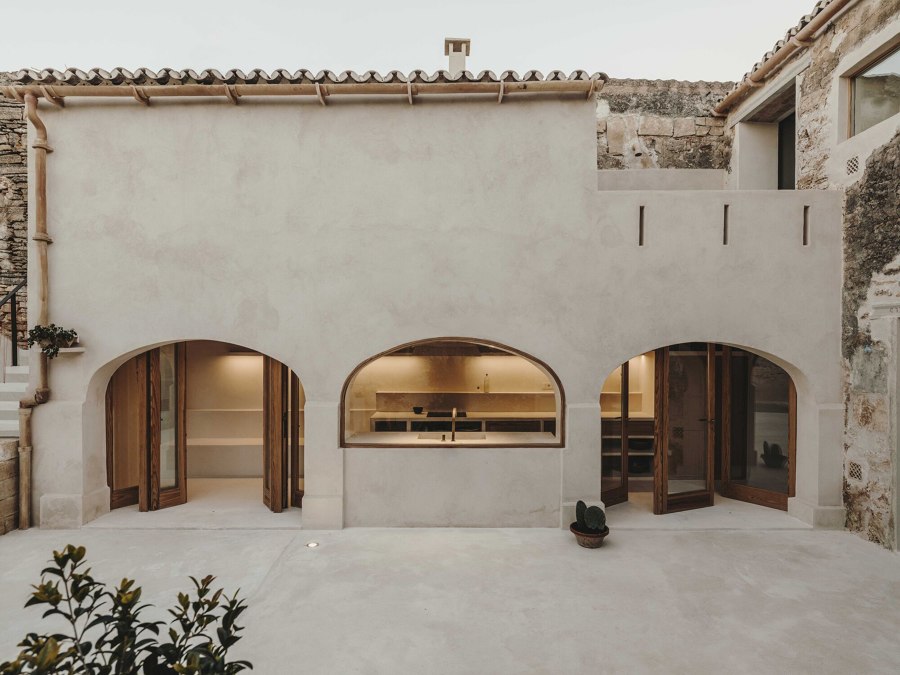
Photographer: Salva López
Hemp
The house is 200 years old and suffered from a huge problem of rising dampness. After evaluating options, we took a risk and decided to use it. We are pioneers in the islands in the use of hemp, and we hope to be an example for other architects. As we know, in Mallorca, and in almost all of Spain, this material has not yet been worked on due to ignorance and lack of companies that manufacture it (in 1961 the United Nations prohibited its cultivation, now lifted). However, we knew that it is suitable for areas with high ambient humidity such as the island since the hygrothermal regulation caused by this material increases comfort and saves energy.
The interesting thing is that hemp collects moisture from the ground and transmits it to the interior environment. (Does not stay on the wall). We had a one-meter-high perimeter plinth that runs through the entire ground floor. When the house is closed, the humidity by capillarity that has passed into the environment through this hemp plinth disappears thanks to the strategic location of several ceramic vents on opposite facades that renew the air.
We also use them on the roofs due to their very high thermal capacity (three times higher than conventional treatments), and in the walls separating rooms due to their extraordinary acoustic capacities (high density). We learned that the raw energy consumed in its manufacture is very low, fast-growing, and easy to cultivate. It is healthy and highly durable. We have to know that the use of hemp in construction contributes to sequestering, and even reducing, greenhouse gases during the useful life of the building. Without a doubt, it is one of the materials of the future since it is also beginning to be used as a structural system, penalizing our esteemed concrete.
The ropes of the railings of the stairs are also made of hemp. It has been the only material that we have prescribed from outside Mallorca. We will not regret it if Can Monges becomes an example of ecological architecture that pushes promoters from the islands to cultivate this plant for use in bio-construction. We know that traditional companies on the island have already shown in their R&D departments that it works in humid environments, and they have been looking for "farmers" who want to grow it for our purpose for a year. Can Monges is an opportunity for local architects, builders, and entrepreneurs willing to ultimately improve the quality of people and cities.
Reuse and recycle.
To make this rehabilitation an environmentally effective place, first of all, we had to consider what to do with the rubble generated by the work. Two maxims to begin with; reuse and recycling. The rubble from the demolition has been used to consolidate façade walls. The “marés” blocks from the old dryer have been used for the new furniture in the kitchen and bathrooms. The existing, very deteriorated pavement has been given a second life, reusing it in the lintels of the new openings in the façade. All of this contributes to reducing the use of the planet's resources.
Clay and ceramics.
Clay and ceramics supplied by local companies are present in downspouts, gutters, and other elements. The fireplace in the living room is built with the inverted gesture of two curved vaults, the same ones that we have used for the new floor in the kitchen and for the lighting fixtures in the rooms.
Wood.
We have kept the northern pine (also from Mallorca) in mind for the doors and windows of the facades. We have endowed the carpentry with an enormous personality with a new system of pre-frame-frame in a single piece in the shape of a "T" that Virginia del Barco has invented. The design responds to the lack of flatness of the interior facings of the 70 cm thick walls. Why not leave the gaps free and place all the carpentry on the inside face of the wall? We did that. The "T" is embedded in a wound in the wall made for this purpose to consolidate the frame, and all the carpentry is directly visible. Again, the material in its essence is our goal always.
Lime revoke.
Lime construction is an ancient technique in Mallorca. Until now, it was only used on facades and vertical walls. We have dared and have also used it on floors and ceilings. The result of aesthetic and plastic continuity throughout the interior reveals an atmosphere of peace and calm, one of the few customer requirements.
Ideo arquitectura
Lead Architect: Virginia González del Barco
Builder: Todo reformas en Mallorca
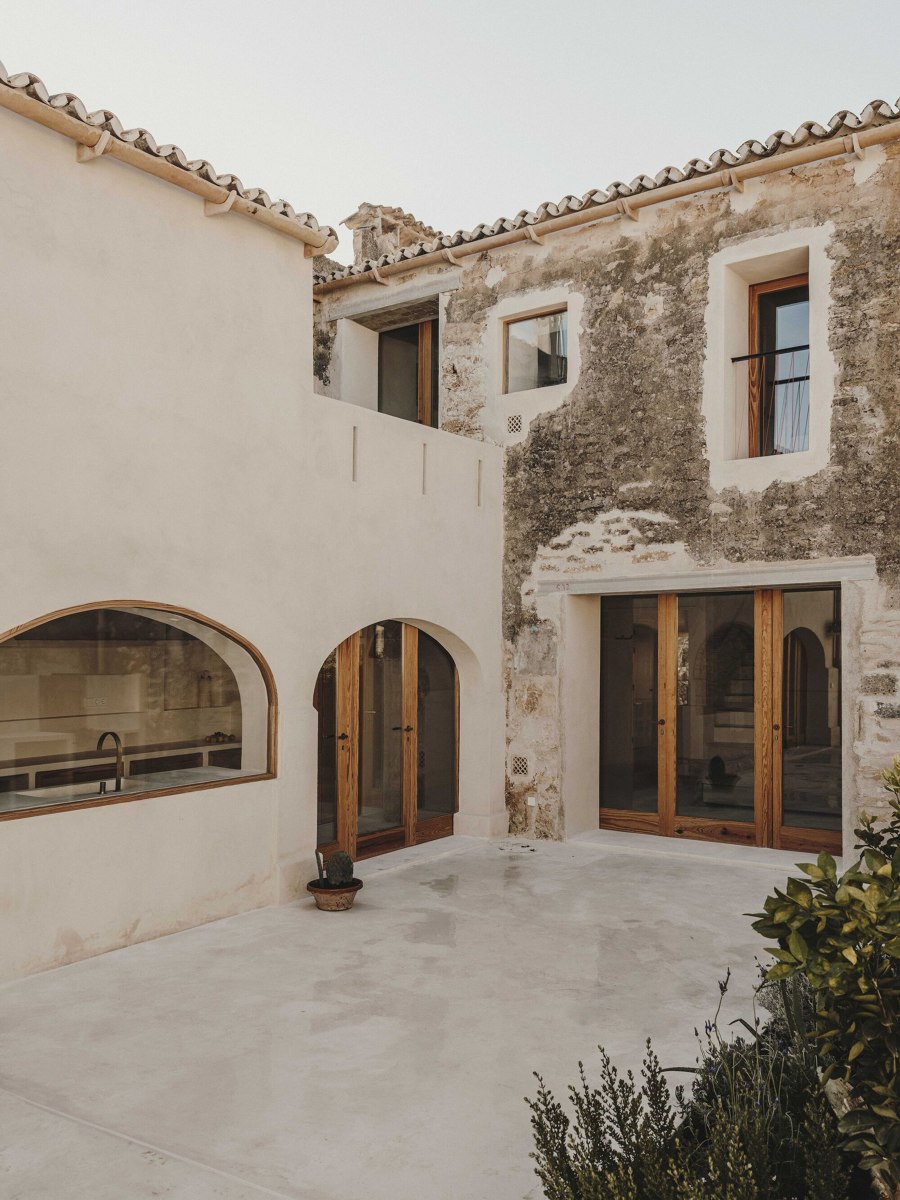
Photographer: Salva López
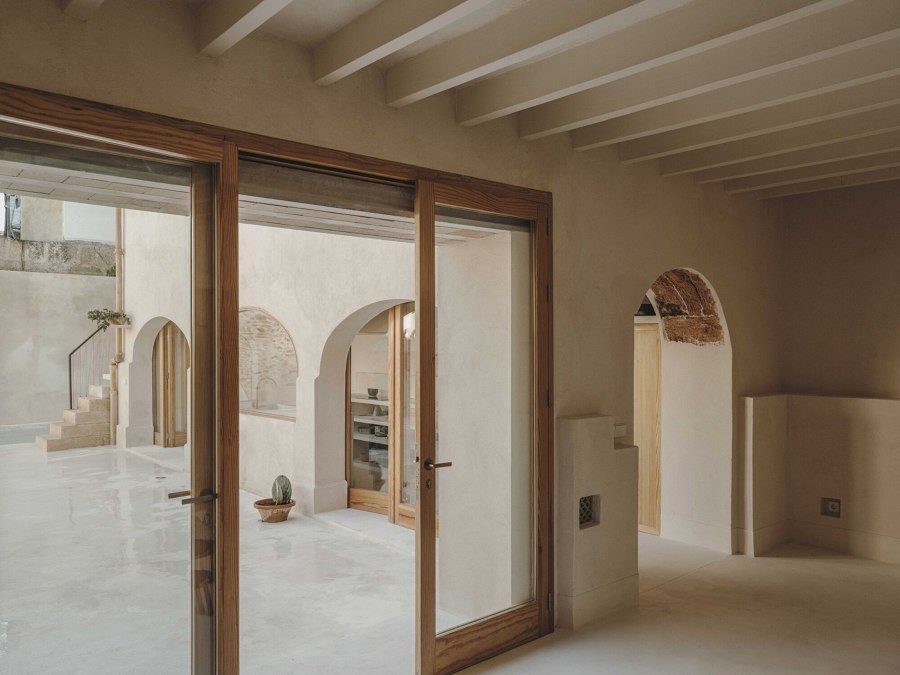
Photographer: Salva López
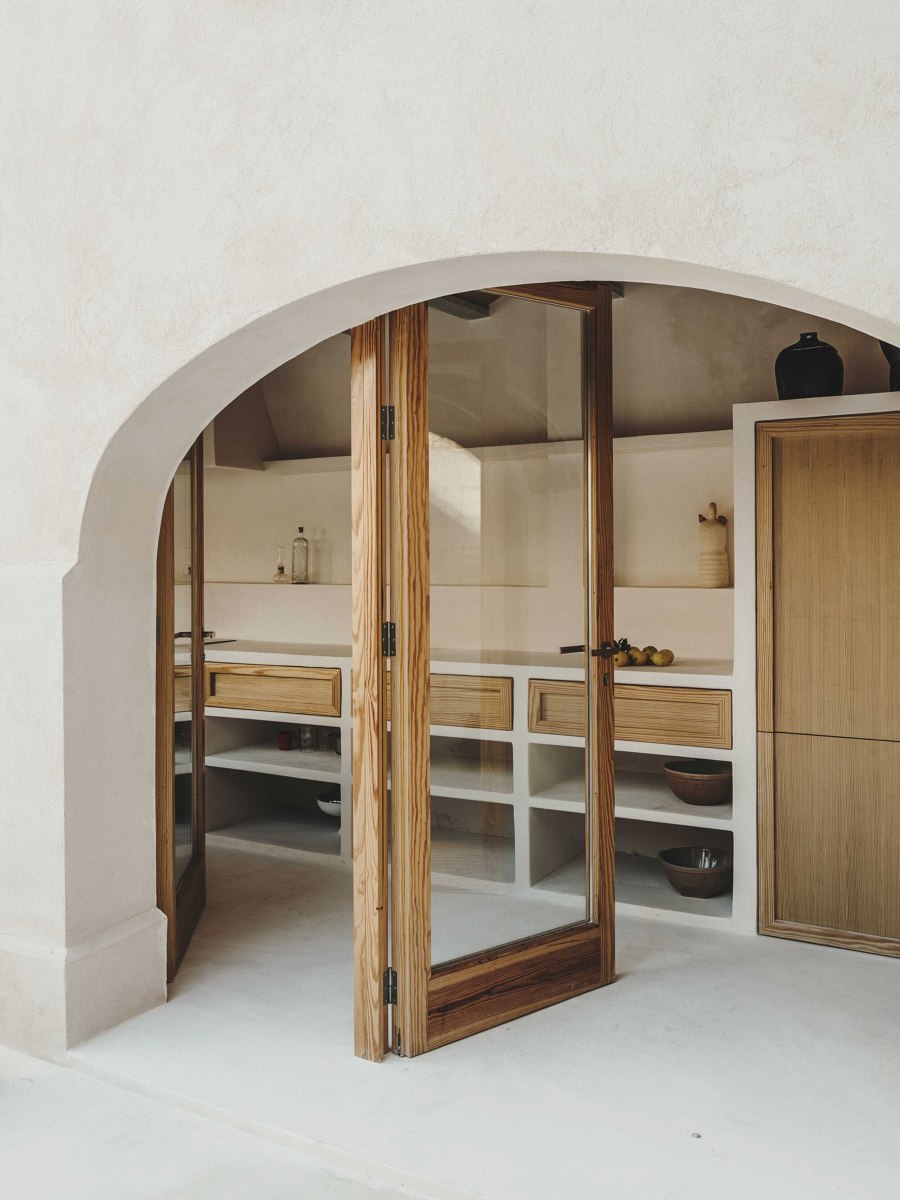
Photographer: Salva López
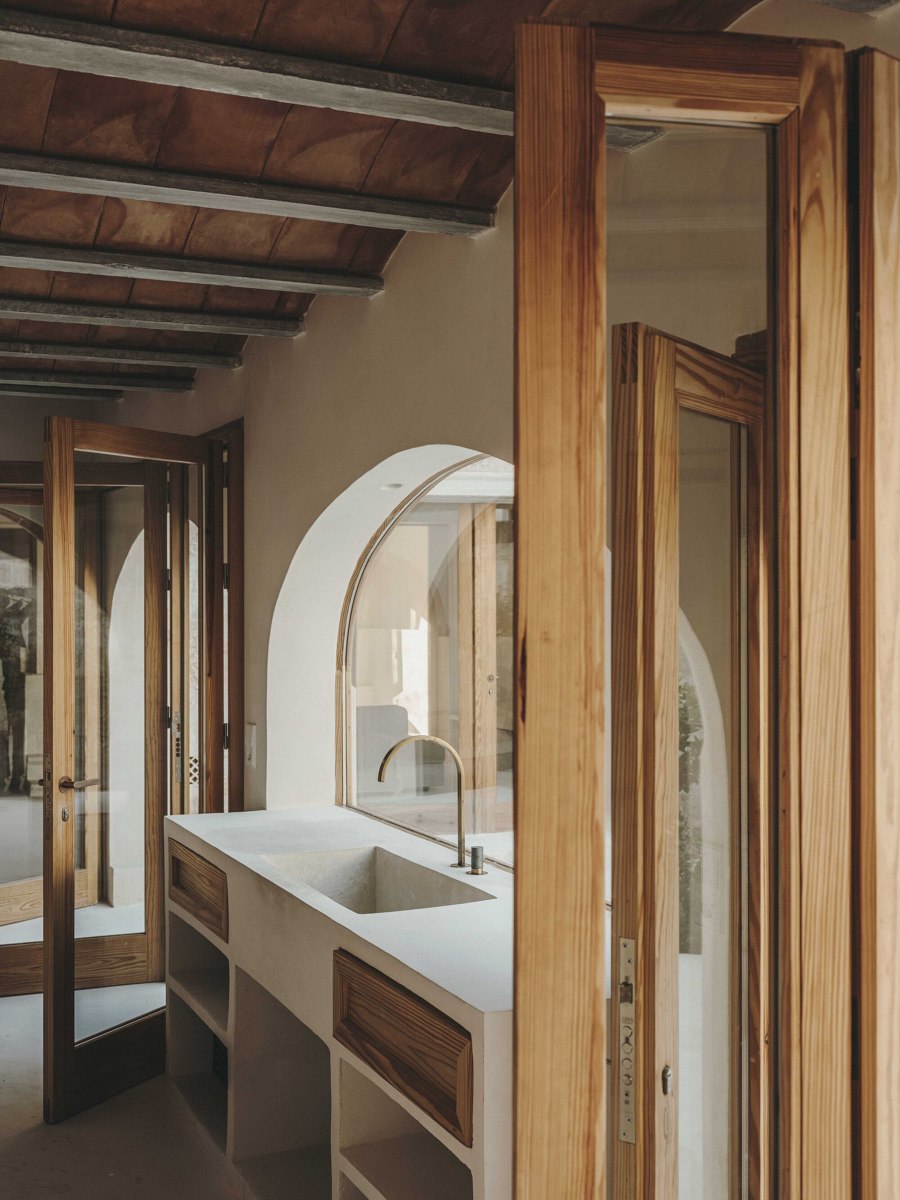
Photographer: Salva López
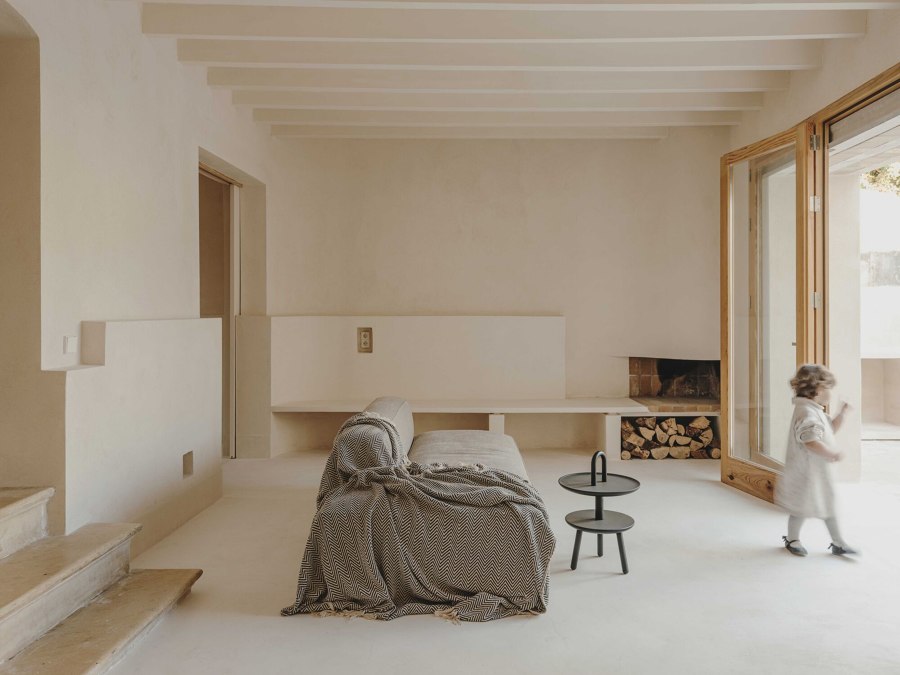
Photographer: Salva López
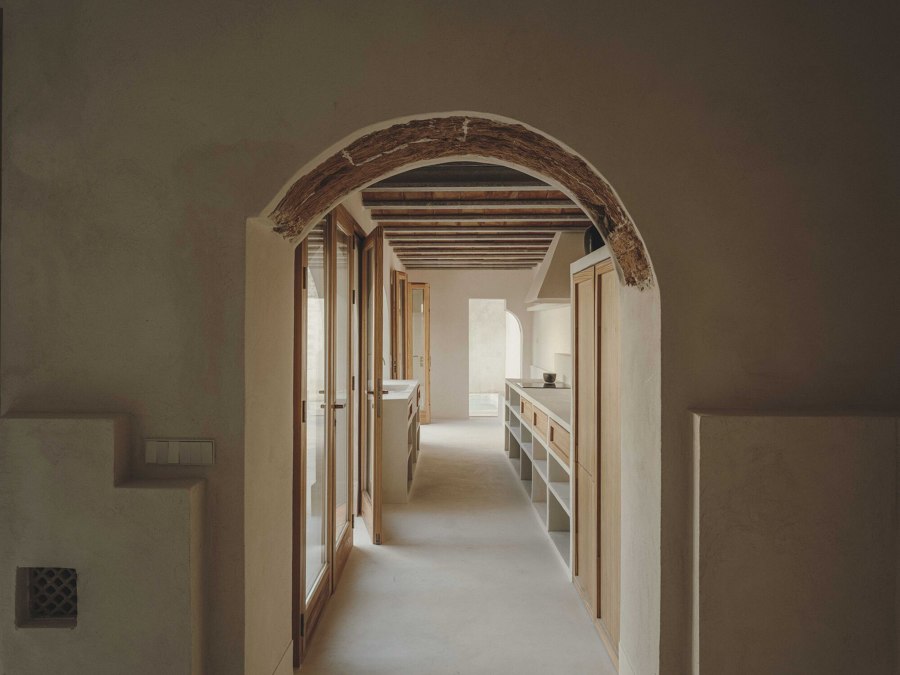
Photographer: Salva López
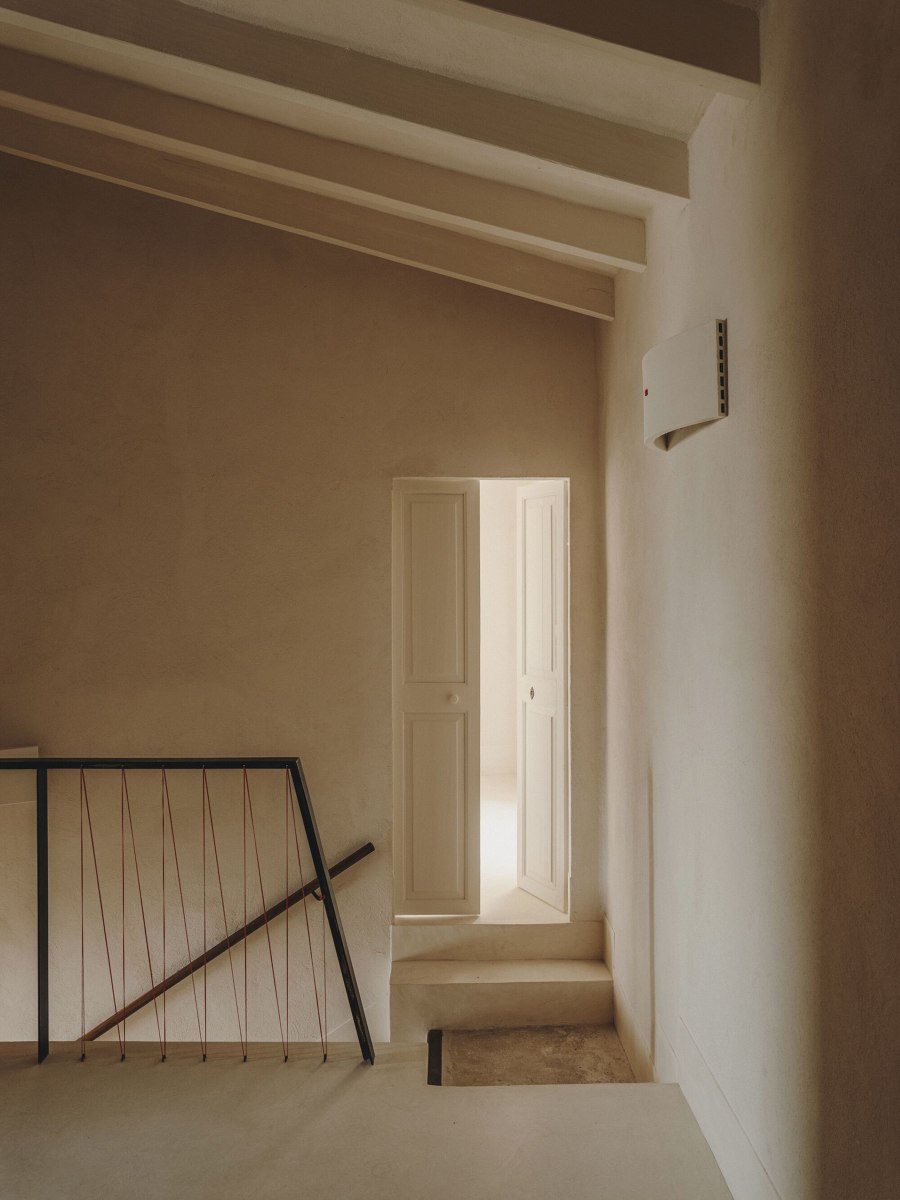
Photographer: Salva López
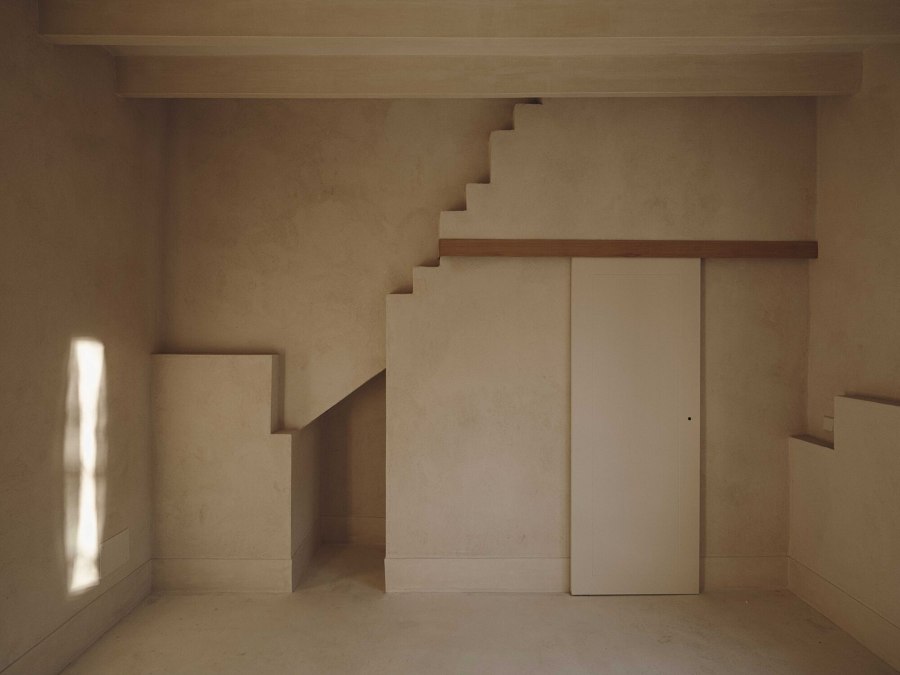
Photographer: Salva López
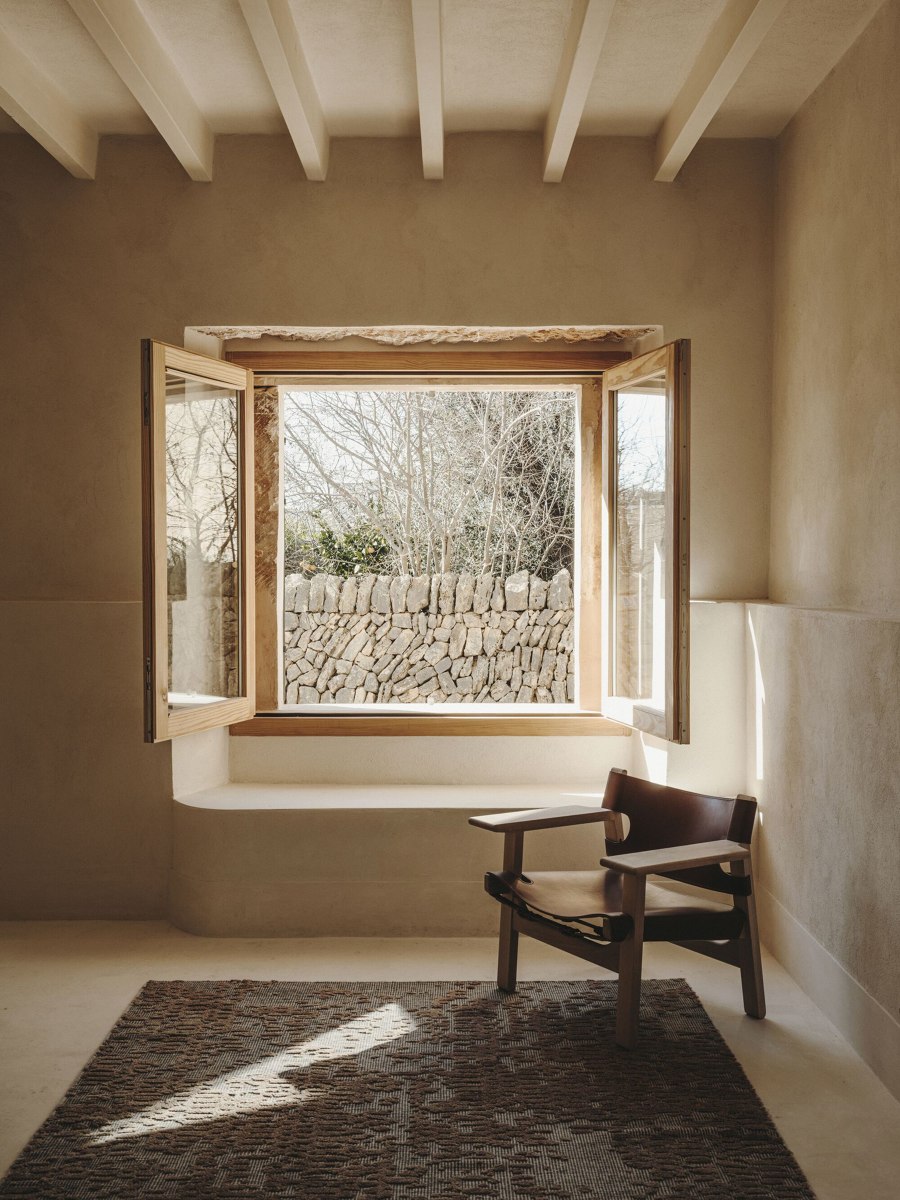
Photographer: Salva López
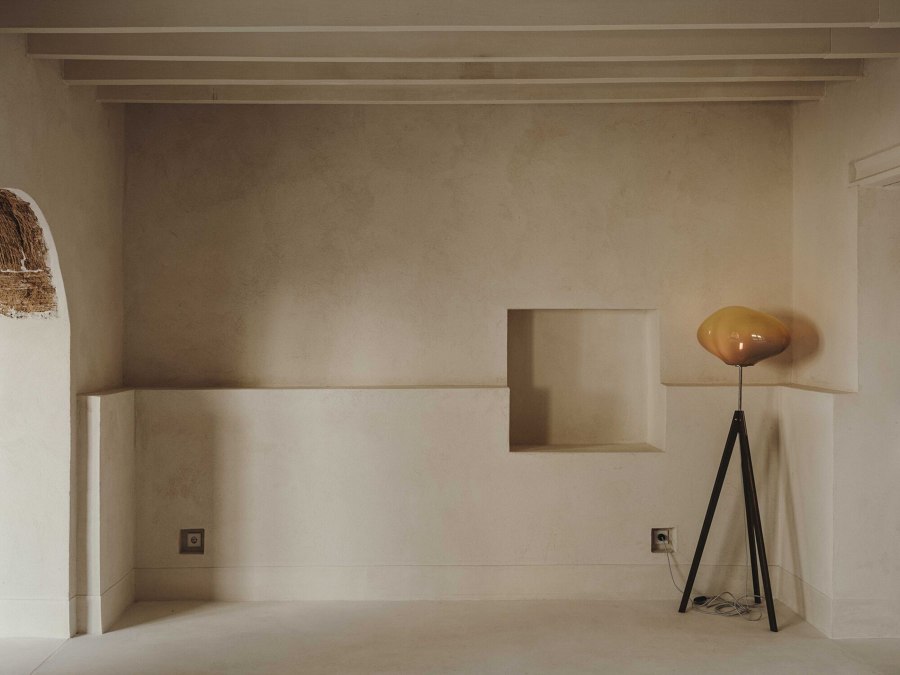
Photographer: Salva López
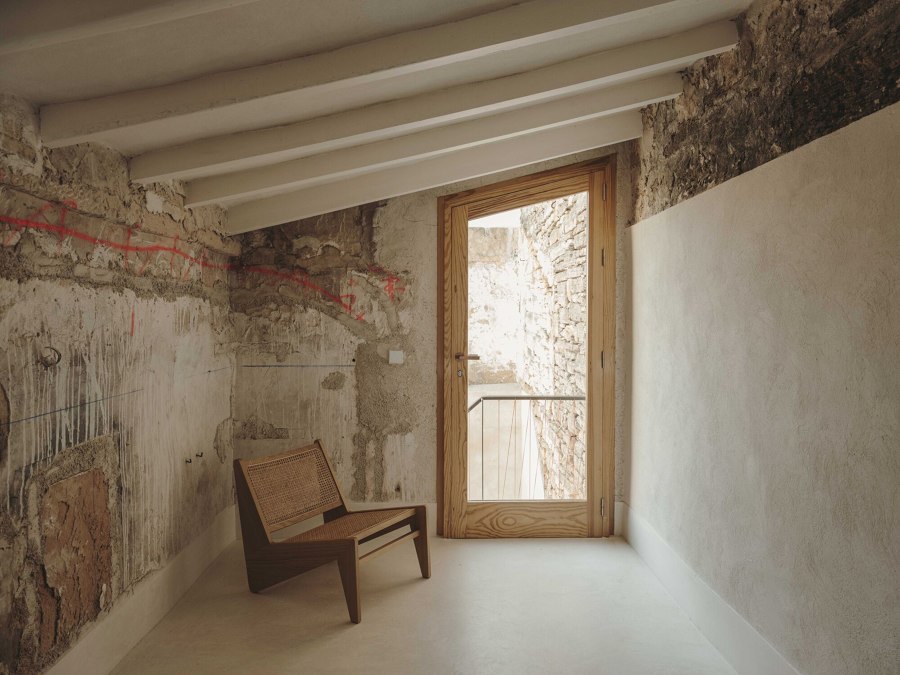
Photographer: Salva López
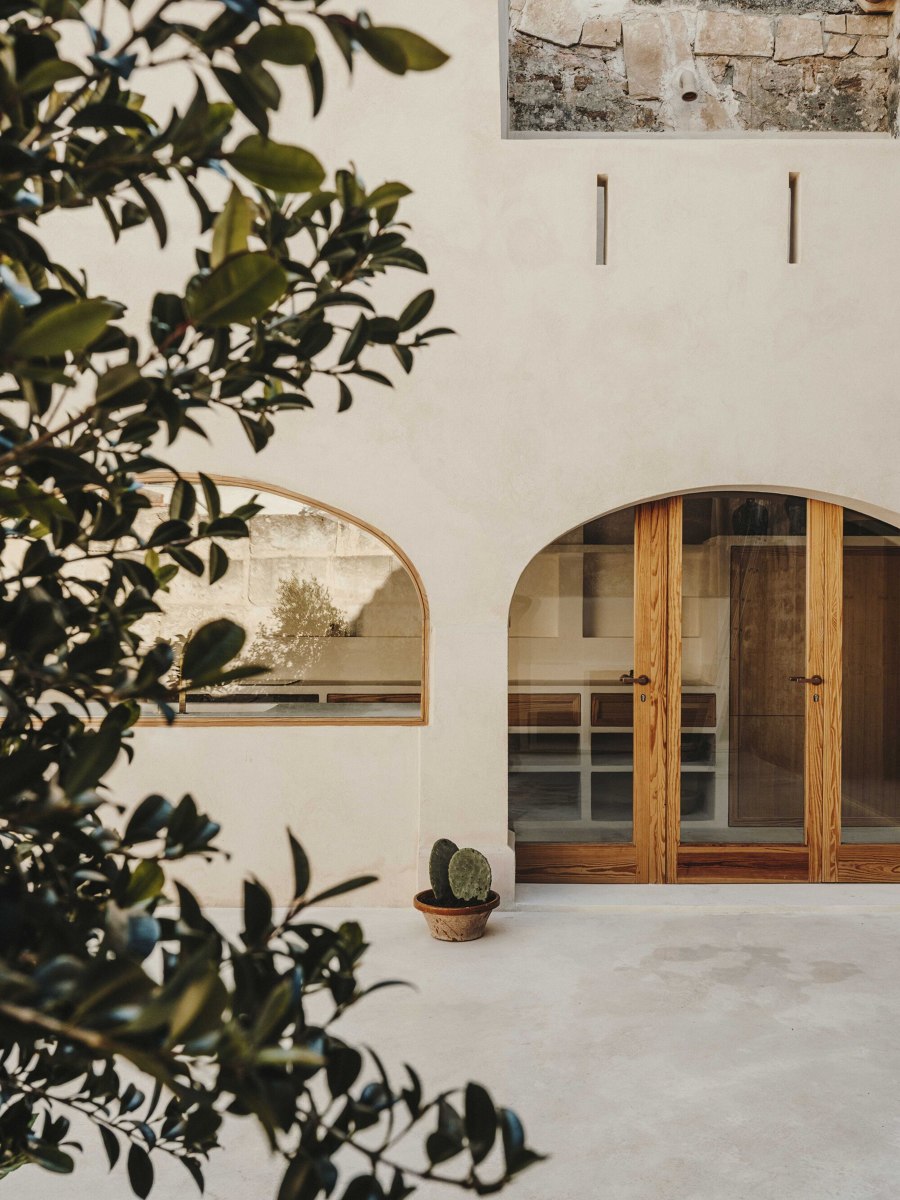
Photographer: Salva López
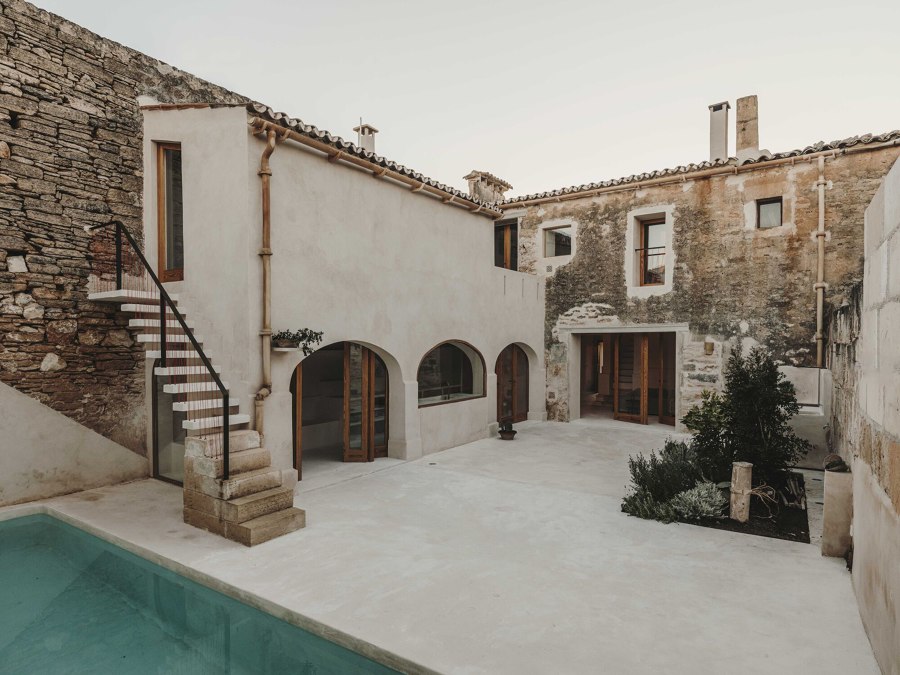
Photographer: Salva López
















